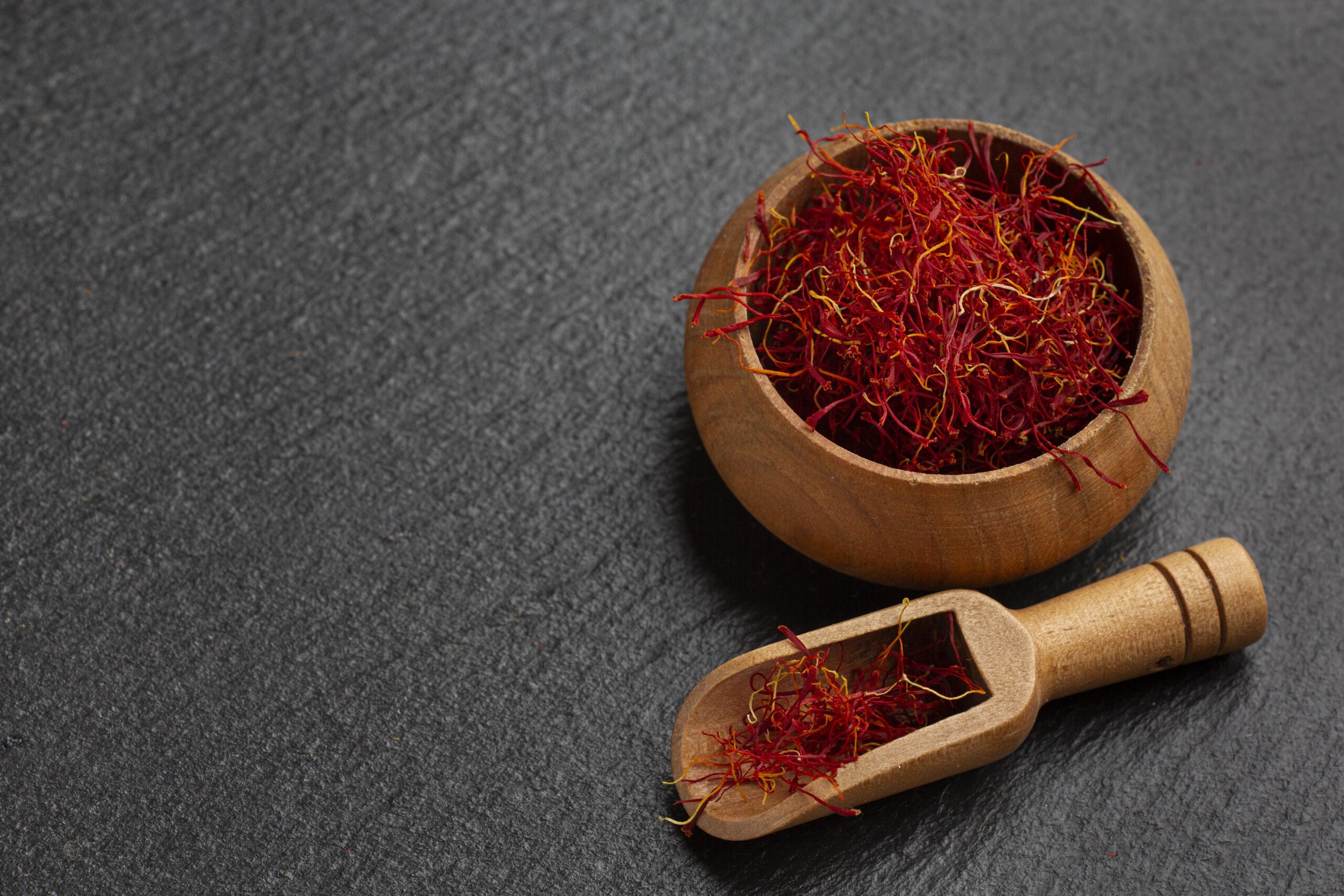How to Choose and Store Saffron for Maximum Flavor and Freshness
Saffron, often hailed as the most precious spice in the world, adds a unique flavor and vibrant color to a variety of dishes. To ensure you get the most out of this luxury spice, it’s important to know how to select and store it properly. Here are some tips to guide you:
Choosing Saffron
- Types of Saffron:
- Threads vs. Powder: Always opt for saffron threads over powdered saffron. Threads are less likely to be adulterated and allow you to verify their quality.
- Variety: Persian (Iranian), Spanish, and Kashmiri saffron are the most popular varieties, each with its own distinct qualities. Persian saffron is renowned for its potency, while Spanish saffron is prized for its sweet aroma. Kashmiri saffron is known for its deep color.
- Quality Indicators:
- Color: High-quality saffron threads should have a deep red color with orange tips. Avoid saffron that appears dull or contains yellow or white threads, which indicate lower quality.
- Aroma: Genuine saffron has a strong, sweet aroma reminiscent of honey and hay. If it lacks a potent smell, it might be old or of poor quality.
- Shape and Size: Look for long, unbroken threads. Broken or crushed threads can be a sign of mishandling or lower quality.
- Source:
- Reputable Sellers: Purchase saffron from reputable sellers or brands that provide information about the origin and quality of their saffron. Be wary of deals that seem too good to be true, as saffron is expensive for a reason.
- Packaging: Check for proper packaging, preferably in airtight containers that protect from light and moisture. Avoid saffron sold in clear plastic or glass containers exposed to light.
Storing Saffron
- Container:
- Airtight: Store saffron in an airtight container to prevent exposure to air, which can degrade its quality.
- Opaque: Use an opaque container to protect saffron from light, which can cause the threads to lose their color and flavor.
- Environment:
- Cool and Dark: Keep saffron in a cool, dark place, such as a pantry or a cupboard away from direct sunlight and heat sources. Avoid storing it in the refrigerator, where moisture can be a problem.
- Humidity: Ensure the storage area is dry, as humidity can lead to mold growth and spoilage.
- Usage:
- Small Batches: If you purchase saffron in bulk, divide it into smaller portions to minimize the number of times you open the container. This helps maintain the freshness of the majority of your stash.
- Handling: Use clean, dry utensils when handling saffron to avoid introducing moisture or contaminants into the container.
Additional Tips
- Infusion: To extract maximum flavor and color, soak saffron threads in warm water, milk, or broth for at least 15-20 minutes before adding them to your dish.
- Shelf Life: Properly stored saffron can last up to two years, but it’s best to use it within the first year to enjoy its peak flavor and potency.
By following these guidelines, you can ensure that your saffron retains its exquisite flavor and aroma, enhancing your culinary creations to their fullest potential.

Leave a Reply